Templo Wofo, Pekín - Entradas, horarios de apertura, ubicación y aspectos destacados
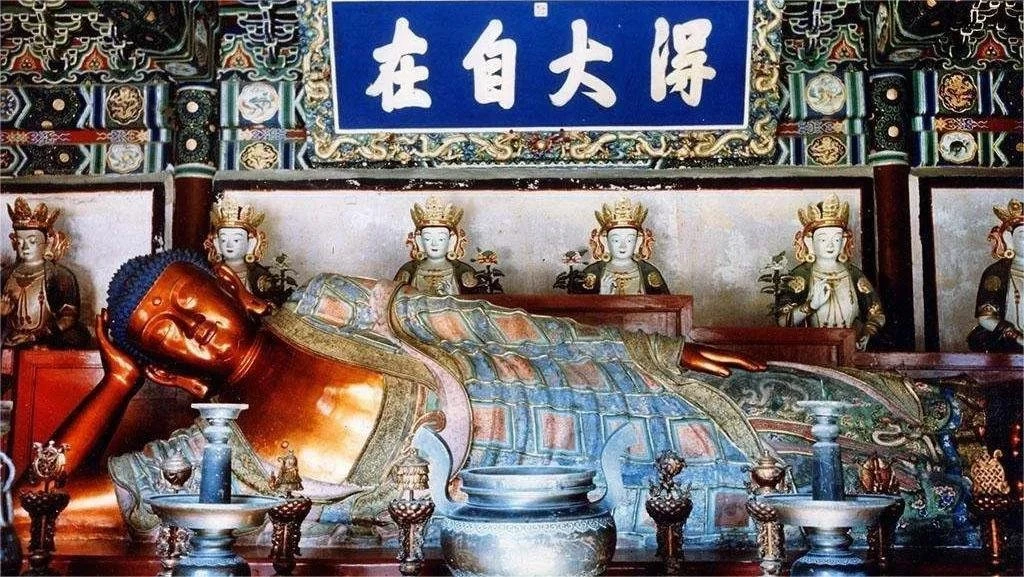

Wofo Temple (卧佛寺), also known as the “Shi Fang Pu Jue Si” (Ten Directions Universal Enlightenment Temple, 十方普觉寺), is situated on the eastern side of Xiangshan (Fragrant Hills) en Pekín. Its origins trace back to the Tang Dynasty during the Zhen Guan era (627-649), initially named Doushuai Temple and later known as Shou’an Temple.
Throughout its history, the temple has witnessed periods of construction and abandonment, with changes in its name corresponding to the shifts in dynasties. Following a significant restoration in the twelfth year of the Qing Yongzheng reign (1734), it was renamed Pu Jue Temple. The temple gained its common name, Wofo Temple, due to the presence of a reclining Buddha sculpture crafted from sandalwood during the Tang Dynasty. In the Yuan Dynasty, a colossal bronze statue of Shakyamuni entering Nirvana was cast within the temple, further solidifying its association with the title “Wofo Temple.”
Índice
- Información básica
- Ubicación y transporte
- Highlights of Wofo Temple
- Vlog about Beijing Wofo Temple
- Consejos útiles resumidos a partir de reseñas
- Otros templos de Pekín
Información básica
| Duración estimada de la visita | 1 - 2 horas |
| Precio del billete | 5 RMB |
| Horario de apertura | 6.00 – 21.00; Last admission: 20.00 (16th March – 15th November) 6.30 – 19.00; Last admission: 18.00 (16th November – 16th March) |
| Número de teléfono | 0086-010-82598771 |
Ubicación y transporte
The Wofo Temple is nestled amidst the picturesque surroundings of the Western Hills. To be more speficit, it is situated within the Jardín Botánico de Pekín. This prime location provides visitors with not only a spiritual retreat but also an opportunity to explore the natural beauty that surrounds the temple. To get there, you can choose the following ways:
Bus: ake bus 318, 360, 505, 563, 698, or 932, get off at National Botanical Garden stop (国家植物园), and walk for about 40 minutes to the north to reach the temple.
Subway: Take Western Suburb Subway Line, get off at National Botanical Garden (国家植物园), and walk straight to the north in the garden to reach the temple.
Highlights of Wofo Temple
Layout of Wofo Temple

Wofo Temple is oriented from north to south and is divided into three main paths: the central path, the eastern path, and the western path. The central path forms a courtyard enclosed by galleries, while the eastern and western paths host various courtyards. Narrow north-south lanes run between the central path and the eastern-western paths. Key structures along the central path include a glazed tile arch, the mountain gate hall, the hall of the Heavenly King, the hall of the Three Buddhas, the reclining Buddha hall, and the scripture storage building.
The eastern path originally served as the living quarters for monks. From front to back, it consists of the main dining hall, the main meditation hall, Jiyue Xuan, and Qingliang Guan, all arranged in a traditional courtyard style. At the end of the path stands the Ancestral Master’s Hall, dedicated to the founding master of the temple.
The western path was historically used as a summer retreat and governance center for emperors. The three palace complexes were devoted to leisure and state affairs.
The Reclining Buddha Statue
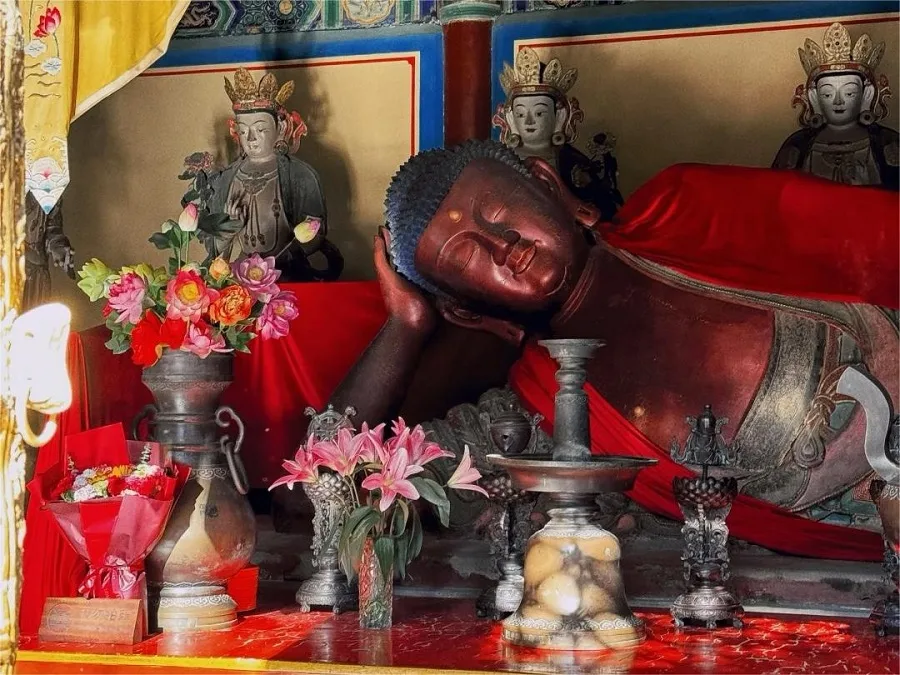
The Reclining Buddha Hall is the highlight of Wofo Temple, housing a colossal bronze reclining Buddha. The statue, measuring over 5 meters in length and weighing approximately 54 tons, lies in a reclining position on a high platform. The sculpture captures the natural posture of Shakyamuni during his Nirvana in India, with the Buddha reclining on his side, legs extended, left hand resting on the thigh, and the right hand supporting the head. Adjacent to the reclining Buddha are twelve clay sculptures depicting Shakyamuni instructing his disciples before his departure. Crafted during the Yuan Dynasty in the 14th century, this bronze masterpiece is considered a precious relic of ancient Chinese religious art.
Árboles antiguos
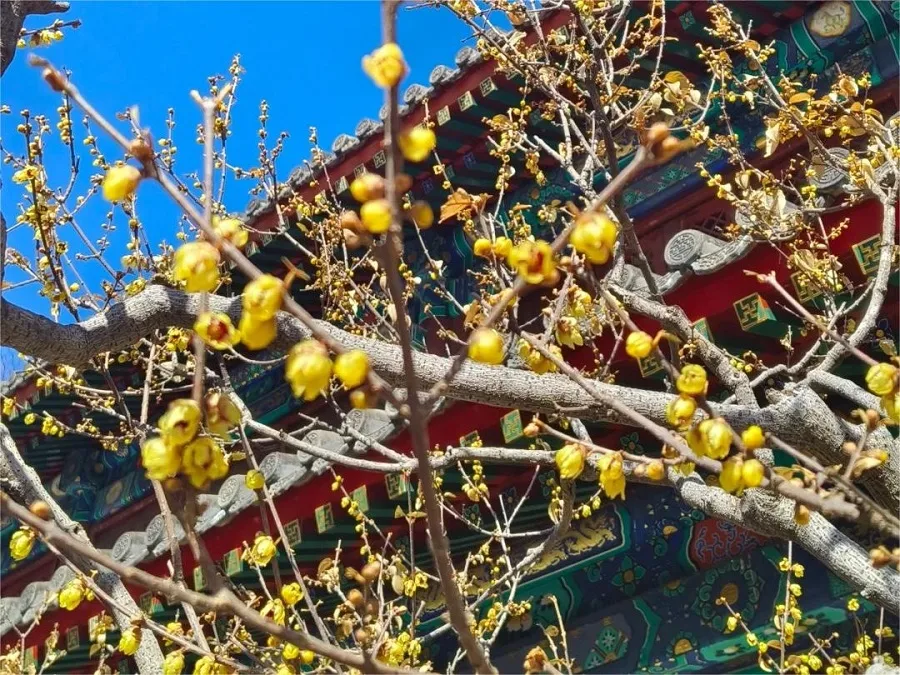
Wofo Temple was originally adorned with three ancient Saraca trees, two of which stood in front of the Hall of the Heavenly King (now extinct), and one in front of the Hall of the Three Buddhas, which succumbed to a strong wind in 1949. The surviving tree, planted in 1954, resembles a seven-leaf tree rather than the true Saraca tree native to India. Despite these changes, Wofo Temple remains a testament to China’s religious and artistic heritage, showcasing its rich history and cultural significance.
Vlog about Beijing Wofo Temple
Consejos útiles resumidos a partir de reseñas
Ticketing Information: To enter Wofo Temple, you’ll need to purchase tickets for both the Botanical Garden and the temple itself. The combined ticket costs 10 yuan.
Opciones de transporte: For added convenience, you can opt to pay 20 yuan to take a sightseeing car directly to the bottom of Wofo Temple, cutting down on walking distance to about one kilometer.
Strategic Route: Upon arrival, you may notice crowds near the entrance of Wofo Temple. It’s recommended to walk directly to the back of the temple complex, where you’ll find more picturesque buildings and flowers to photograph, with fewer people around.
Famous Wax Plum Trees: One of the highlights of Wofo Temple is its renowned wax plum trees. In front of the Hall of Heavenly Kings, you’ll find an ancient wax plum tree said to have been planted during the Tang Dynasty’s Zhenguan era. Despite once withering, it miraculously regenerated, earning it the title of the “Crown Jewel of Beijing’s Wax Plum Trees.” Be sure to admire its lush growth and perhaps capture some photos of this historic tree.
Otros templos de Pekín

Templo Hongluo: un templo bendecido con un impresionante entorno natural
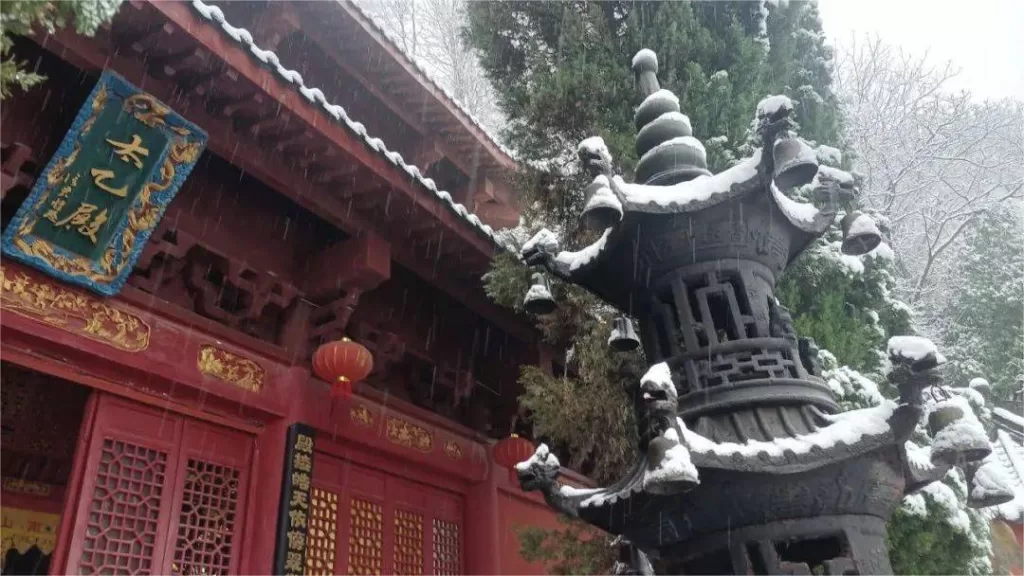
Templo de la Nube Blanca: un templo taoísta de la dinastía Tang
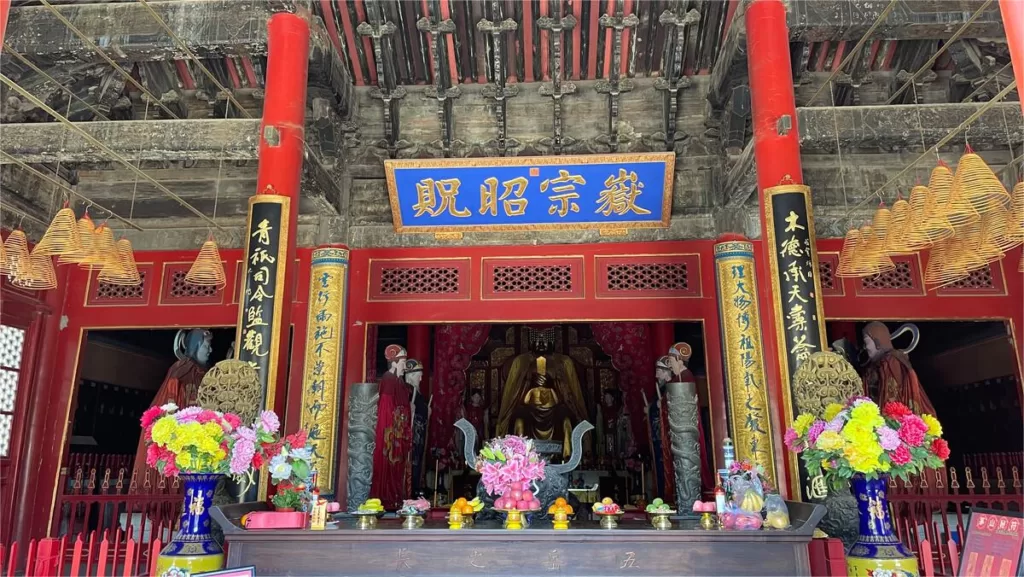
Templo Taoísta de Dongyue: sede de la Asociación Taoísta de Pekín
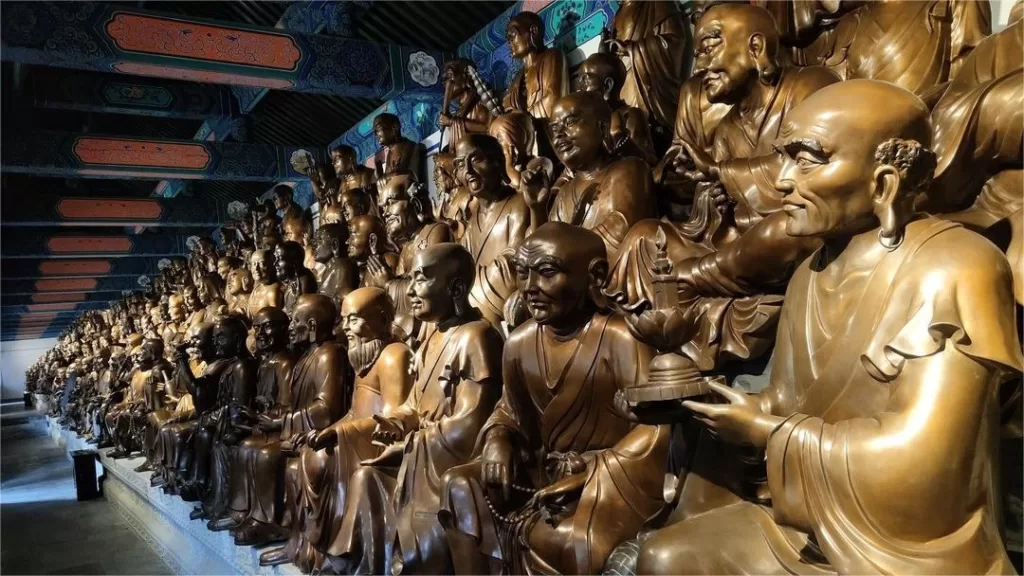
Templo Jietai: templo situado a los pies de la montaña Jietai

Templo Yonghe Lama - un templo budista tibetano
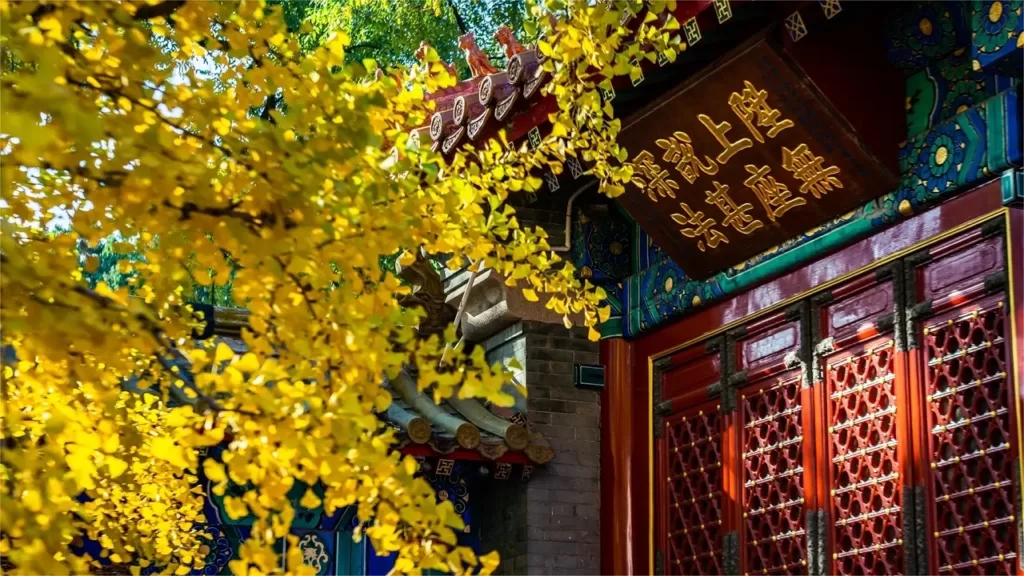
Parque Badachu: un conjunto de ocho templos